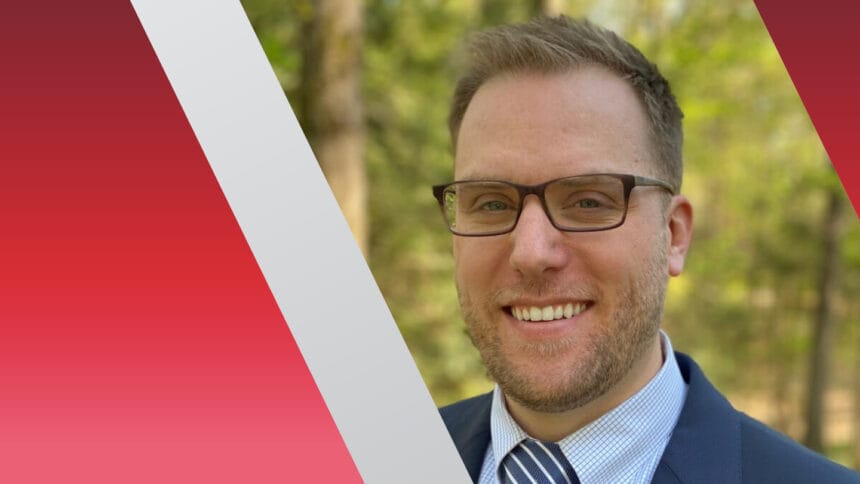
Two years after becoming a private company, Tennessee-based Diversicare is a leaner organization, and one ready to take on new opportunities, CEO Steve Nee says.
The company shaved off about 20 facilities in the year after its 2021 purchase by DAC Acquisition, bringing its holdings to 43 mostly skilled nursing facilities in five states.
But Nee, who was hired in February, recently spearheaded the company’s first fresh pick-up. In mid-November, Diversicare purchased St. Martin’s in the Pines, a 316-unit, fully licensed, life plan community located near Birmingham, AL.
It is the company’s first CCRC. Its 128 small-house style skilled nursing beds add to Diversicare’s standing as Alabama’s largest skilled nursing provider.
The company expects to close three more acquisitions by the first first quarter of 2024. This all follows the paring down that happened before Nee’s arrival, a period he refers to as “addition by subtraction.”
“We’ve been primarily a SNF company, which has been very great for us,” Nee told McKnight’s Long-Term Care News Wednesday. “But I think if the pandemic taught us anything, it’s that you don’t want to have all your eggs in one basket. We’ve taken that very seriously. As we’ve been vetting and looking at deals, we’ve been looking at things that are outside of our typical scope, and we are going in with both feet.”
That includes an extension in behavioral health and other new service lines “that are all clearly within the healthcare space, but that would be a nice complement to what we’re already doing primarily,” Nee added.
New life through cuts
The company has always had a balance of owned, leased and some managed properties, the last of which it provides operational and clinical support for but doesn’t “own the bottom line.” The recently jettisoned properties, Nee said, were mostly leased buildings in Ohio and Missouri that no longer fit the company’s strategy.
The company relinquished the buildings amicably to their real estate investment trust owner. Nee didn’t name the REIT, but Diversicare had seen its strong connection with Omega Healthcare Investors dwindle even before the DAC purchase. Omega once owned 30 of the 57 facilities Diversicare leased, but Omega transitioned 10 of those to new operators in 2019 as Diversicare moved out of Kentucky.
Nee said the similar move in 2021 and 2022 was like “flipping a light switch.”
“Overnight, our company, we have a breath of fresh air and a new lease on life,” he said. “Now that we’re down to 43 centers, our strategy is we’ve got to regrow so that we’re able to generate the management fees necessary to keep the team that we believe we should have to support these intact centers [in] the footprint and market that we believe are favorable to our overall operational strategy.”
Improving staff ranks
With the extension into the CCRC and behavioral health worlds, that will mean shoring up building staff. That’s meant eliminating agency workers from all facilities. But there’s also an ongoing effort to strengthen regional and corporate roles and find the leaders who will be responsible for charting diversification efforts.
Some observers raised concerns when Diversicare moved from a public company to a privately held one. But Nee, a licensed nursing home administrator and Signature Healthcare alum, said he operates the Diversicare properties as part of what he calls an “enclosed” loop, insulated from DAC’s broader holdings.
“We very much appreciate the opportunity for folks to judge Diversicare on our merits and our outcomes,” he said, adding that positive outcomes and investments in patient care are reinforcing the company’s reputation.
That’s helped with building census and referral partnerships as well as staff recruitment.
But leaders, whether new to the company or being promoted, must be willing to work within a framework that gives center teams more decision-making authority, Nee added.
“You can hire based on resume all day long, but if they don’t have the attitude paired with the aptitude, then it’s probably not going to be a good fit. [We’re] relearning our talent acquisition behavior and choosing team members that are appropriate for this new paradigm,” he said.
“We brought a couple of new team members to play here but we’re really shifting our focus, now that we’ve stabilized staffing to some extent, away from talent acquisition and moving toward talent development,” Nee added. “How do we grow and invest in the people that we do have all the way down the line?”
Creative mindset for growth
Some of that shift also is meant to inspire creativity, and that will likely be on display at the Pines community in Alabama.
“The focus really can be more on hospitality typically on the AL and IL side, whereas on the SNF side, it’s clinical excellence. It’s kind of the name of the game right now, and having great relationships with hospital discharge planners,” Nee said.
The senior living share of the campus requires an expansion of the skill set the company has in its limited AL buildings already, as well as a more focused effort to improve customer service.
But the opportunity to build census on the SNF side was part of what made that facility attractive as a purchase, Nee said. Exactly how they fill those beds may not be typical for the CCRC segment.
“We’re making services available to client bases that maybe had some access issues previously. If there’s a demand in the market from the Medicaid population, as an example, then we’re gonna do everything that we can to cater to those clients that need [care] as well,” Nee said.
“A lot of life plan communities historically cater to a private-pay clientele, and they’re not super excited about perhaps opening to maybe some Medicaid-type residents. That’s not our approach. If the market demands it, we need to find a way to be able to fill that need.”




